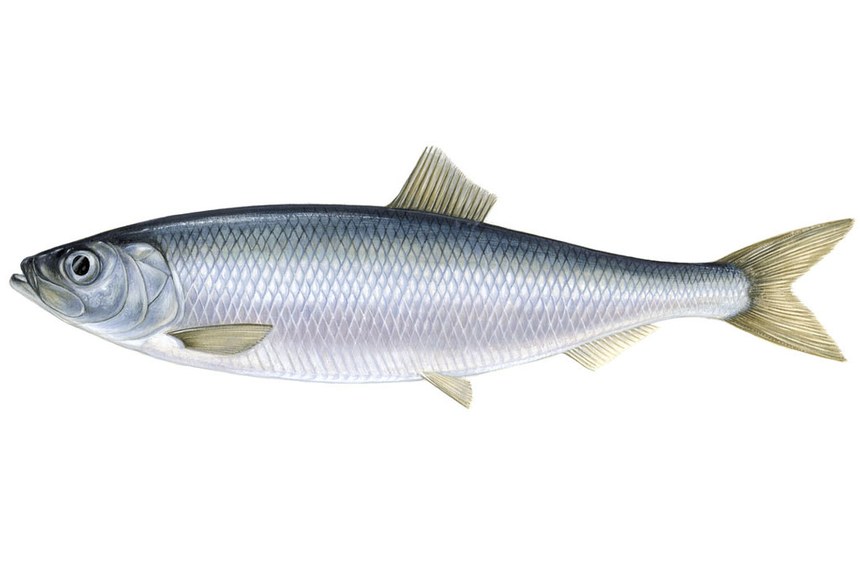Overview
Fisheries are composed of one or more parts, each of which is entitled to receive an MSC certificate. These parts or “units” are defined by their target stock(s), fishing gear type(s) and if relevant vessel type(s), and the fishing fleets or groups of vessels.
Attention
Some or all units that participated in this fishery are now covered by another assessment. Please see the PFA, SPSG, SPFPO, DFPO and DPPO North Sea Herring for more information.
Eligibility, client groups and vessel lists
A fishery may choose to define the members of the fishery certificate. These members can be vessels or other client group members (e.g. companies that own vessels and/or companies that are named as eligible to handle certified product covered within the fishery certificate scope). Please refer to the fishery certificate statement on additional product specific eligibility criteria (e.g. product eligibility limitations, eligibility date, exclusive points of landing and the point where Chain of Custody certificate is required). Please consult the fishery Public Certification Report for product eligibility rationale.
| Documents | Published on | Files |
|---|---|---|
| Vessel List | 12 Apr 2016 | 1 files |
About this Fishery
NOTE: As of 2016, this fishery has been combined with the certified Pelagic Freezer Trawler Association North Sea herring fishery for (re-)assessment as PFA & SPSG North Sea herring
The North Sea herring stock extends from the Norwegian coast into the North Sea and through to the eastern Channel. Certified as sustainable in 2008 and recertified in 2013, this fishery targets the Buchan sub-stock, one of three main sub-stocks, located in the central and north North Sea in EU and Norwegian waters.
There are 25 midwater trawling vessels involved, 60-70m long. They are fitted with tanks of refrigerated seawater into which fish are pumped direct from the net, without manual handling. The technology on the boats plays an important role in ensuring sustainable practices are followed. Sonar, net and catch monitors all improve species targeting (sonar, for example, can distinguish between mackerel and herring), and bycatch is only around two per cent. Most of this is mackerel, which is in any case fed into the SPSG mackerel fishery. If a mixed shoal is landed, skippers report it on the radio and other boats stay away.
The midwater trawl method means the seabed is not damaged, and demersal species like cod, haddock and whiting remain undisturbed. EU observers (a mandatory presence on some occasions) report that there is no bycatch of cetaceans such as whales and porpoises.
“There is no contradiction in being modern, technologically efficient, highly productive, profitable – and yet being sustainable. Recognition of that is the huge thing the MSC has achieved for this sector.”
- John Goodlad, Chairman, SPSG
North Sea herring (Clupea harengus) image © Scandinavian Fishing Year Book
Market Information
North Sea herring is used for human consumption, not for reduction to fishmeal. It is processed locally before being frozen for export to significant markets in Eastern Europe, Russia, the former Soviet Republics and West Africa.
